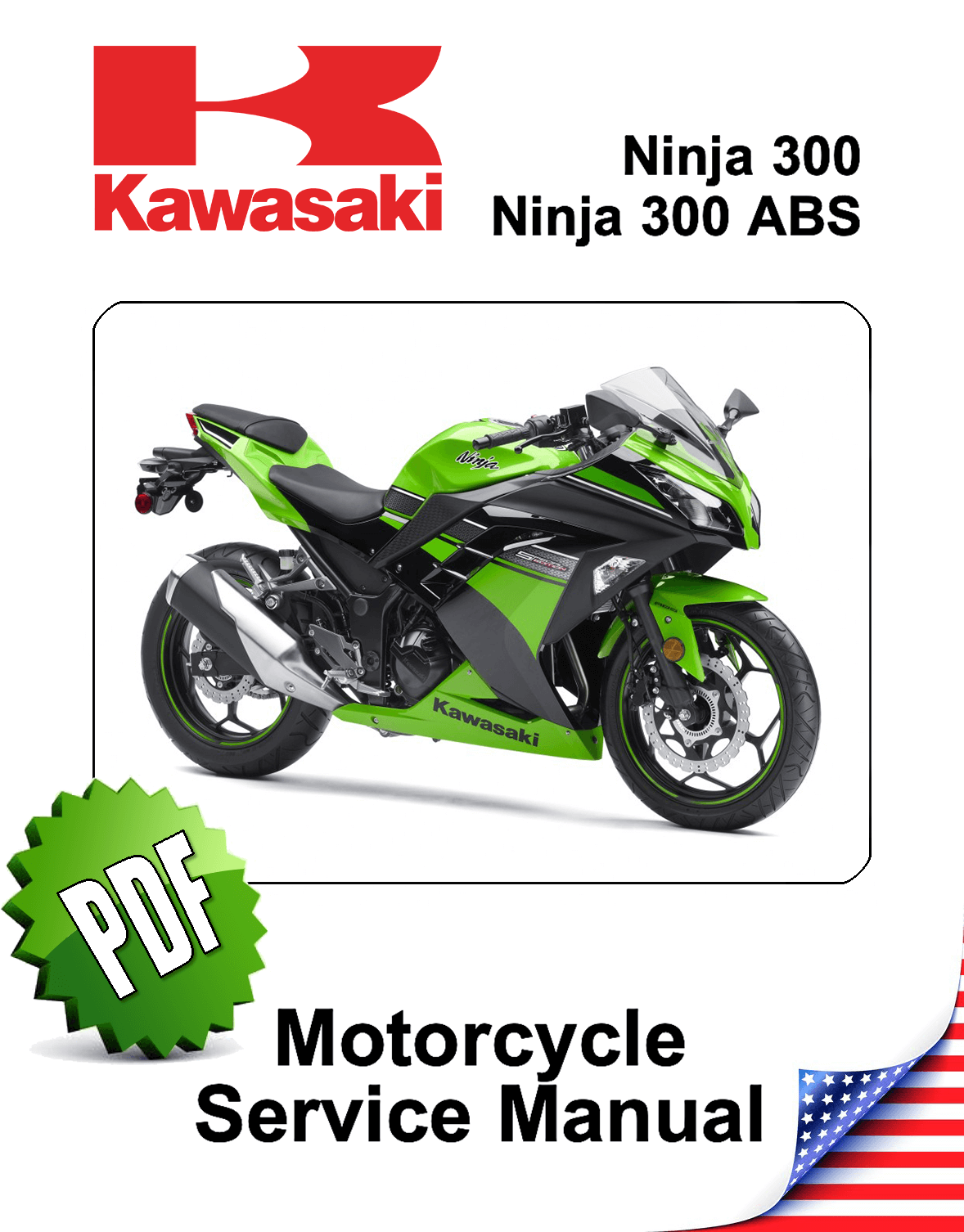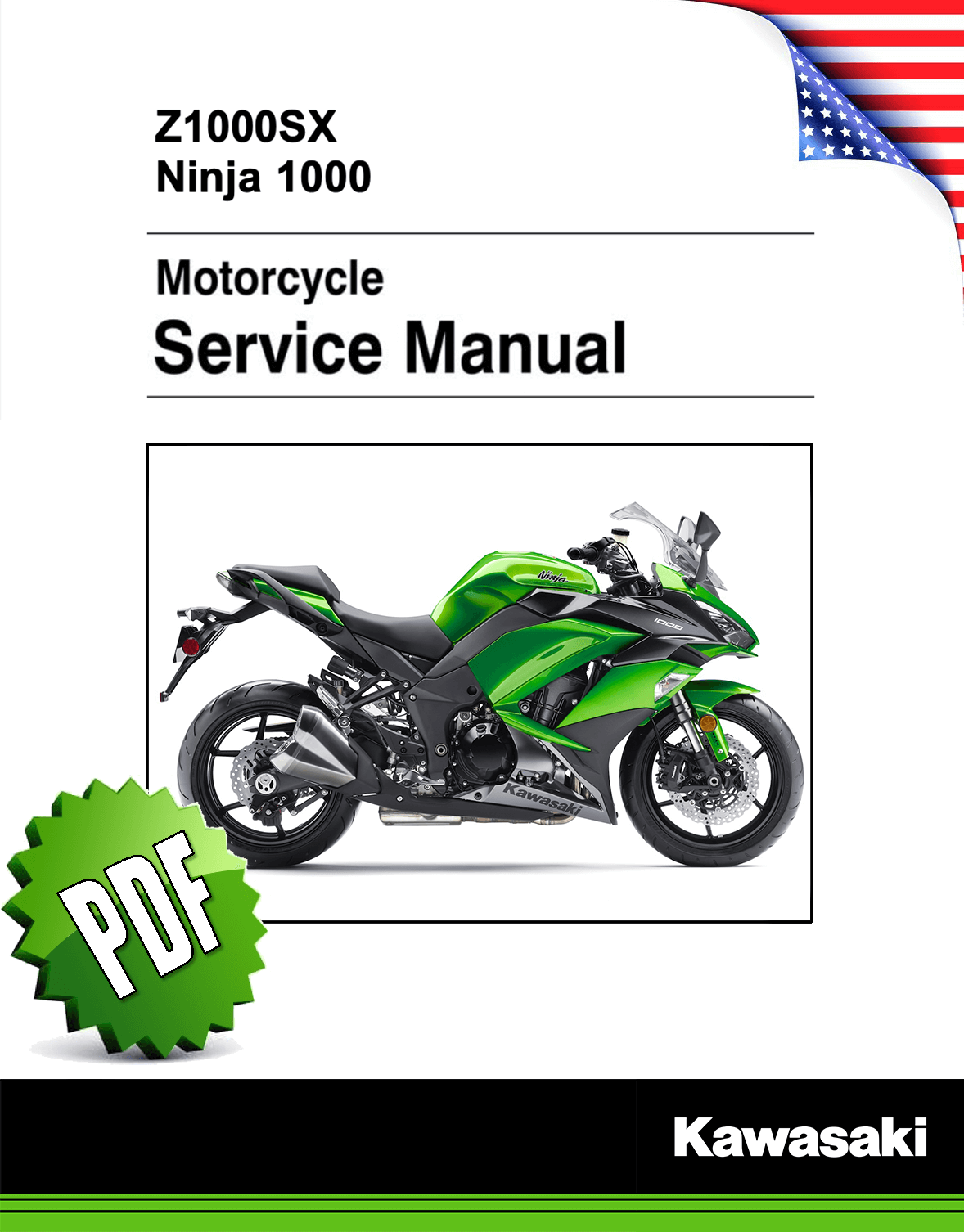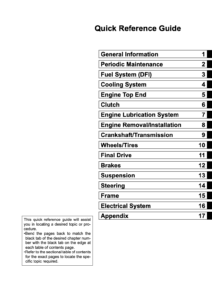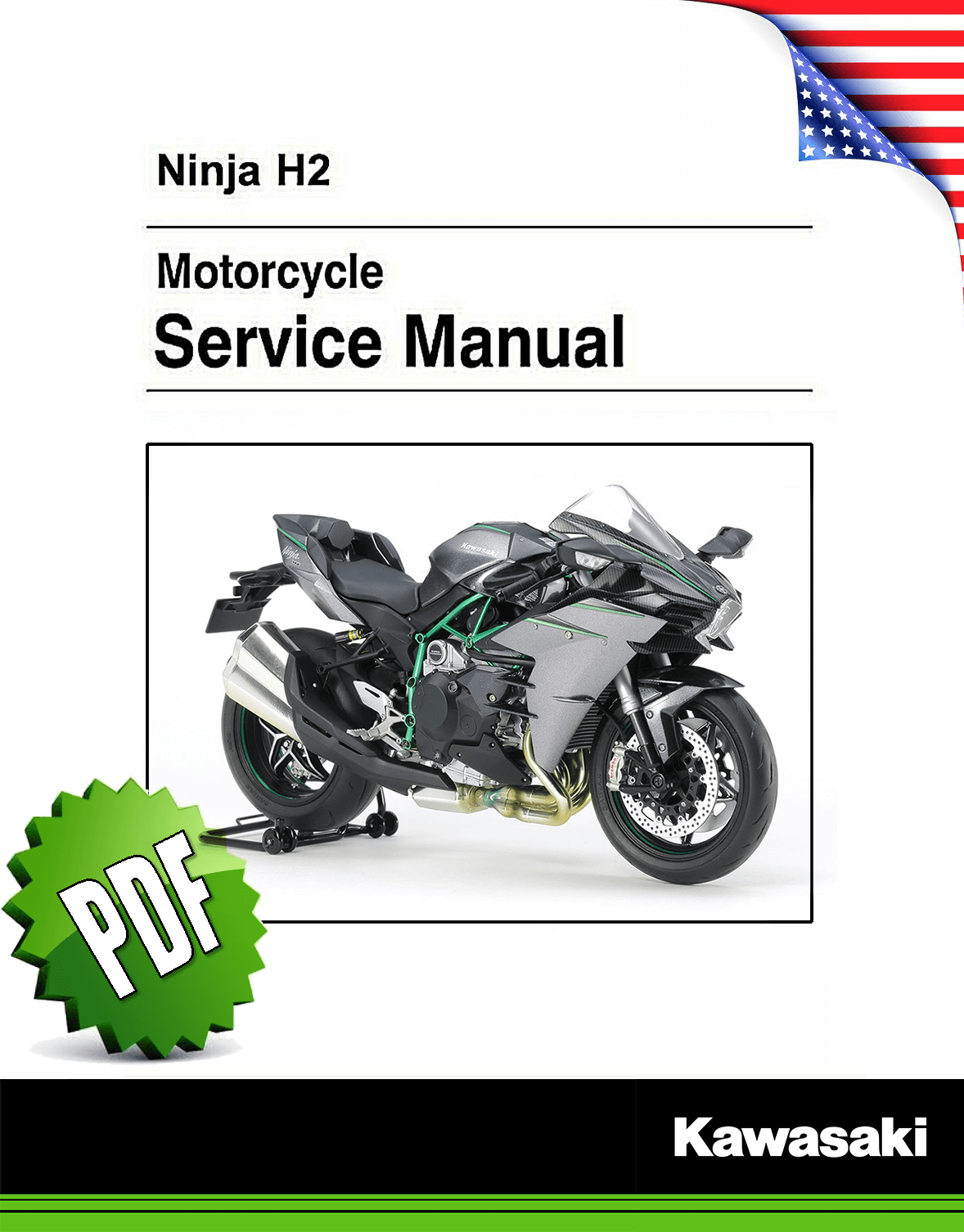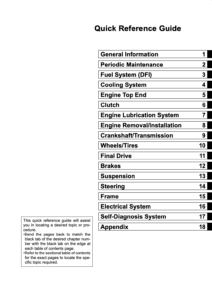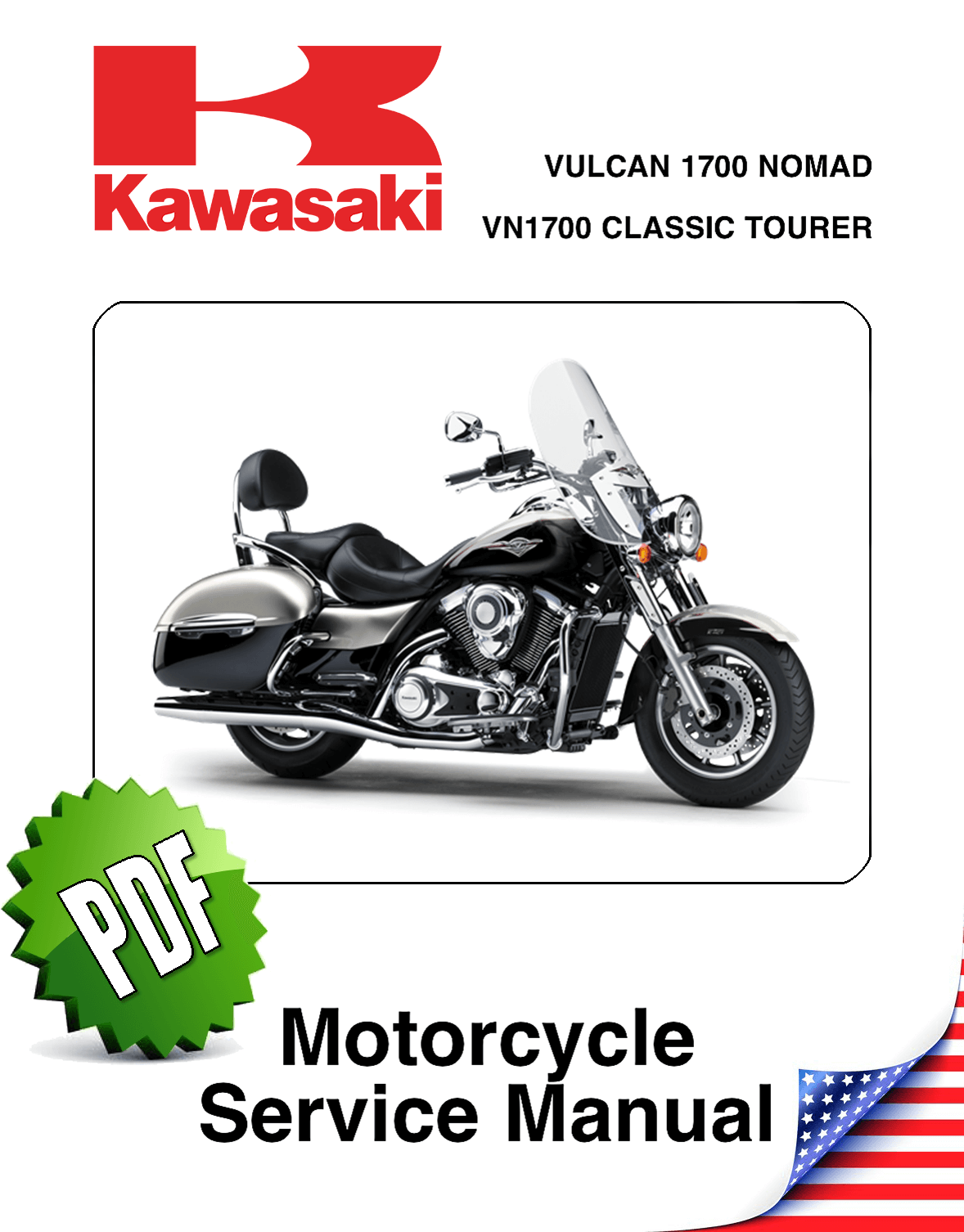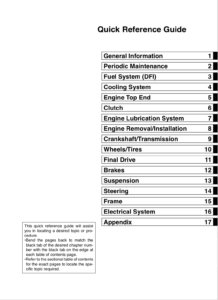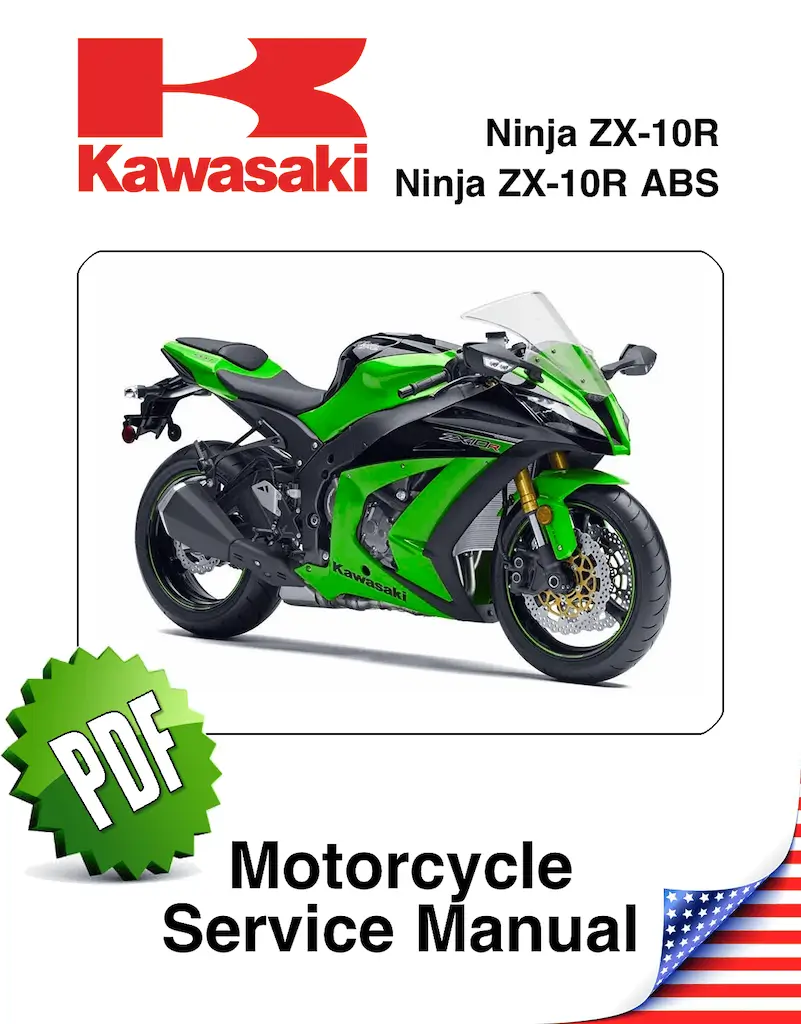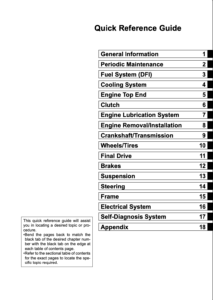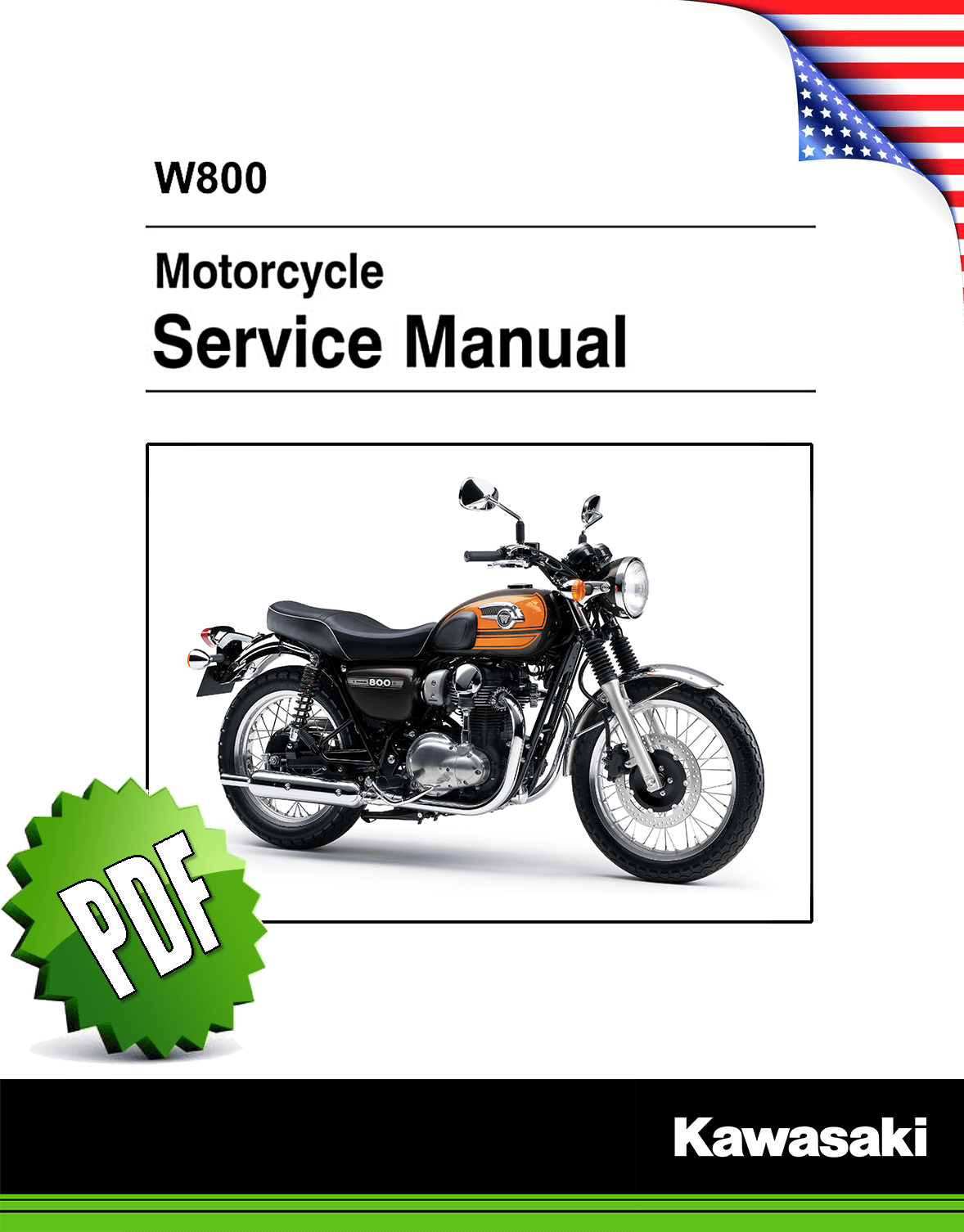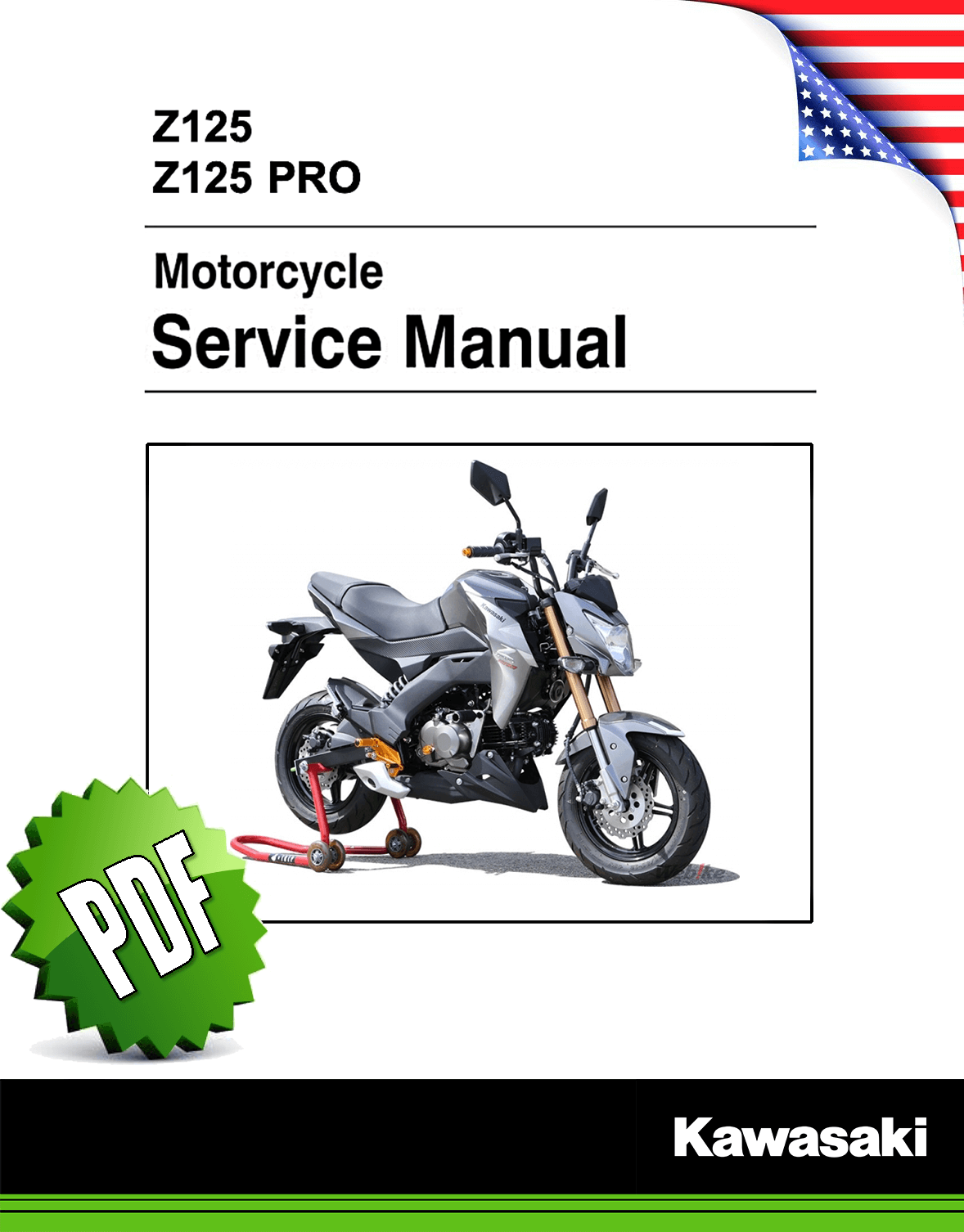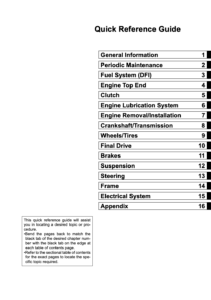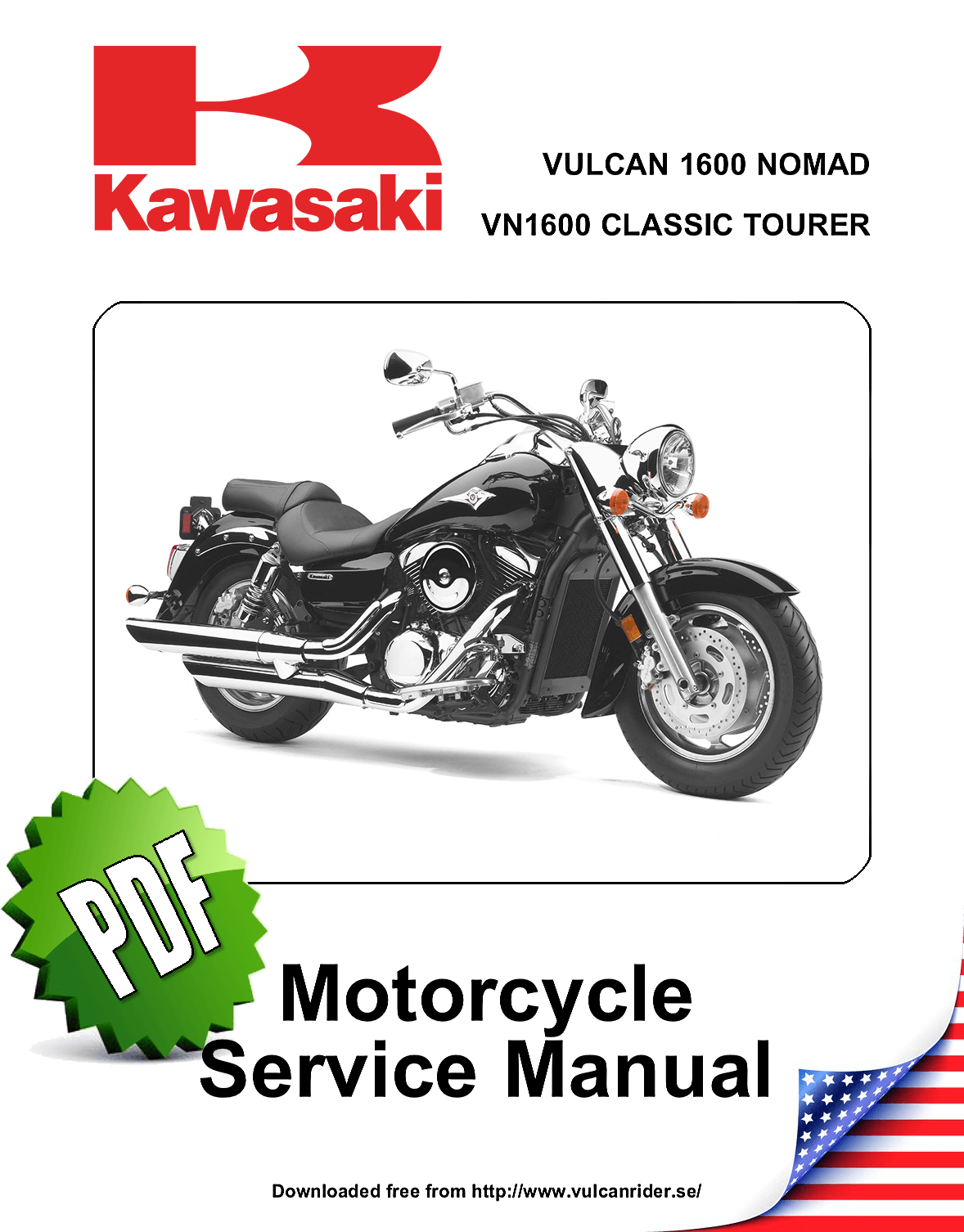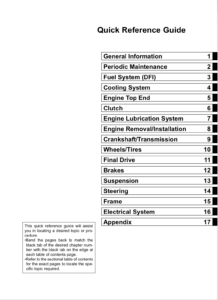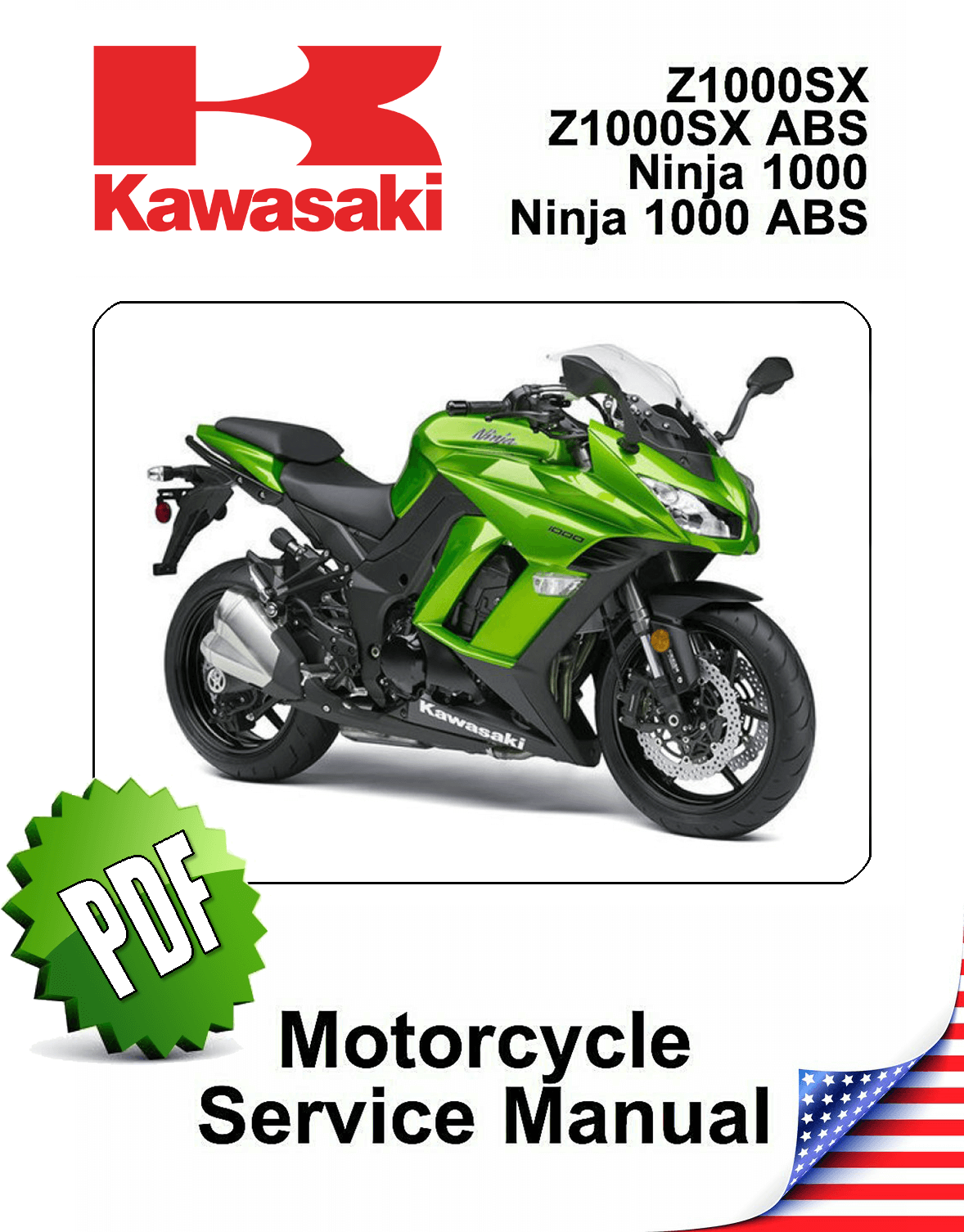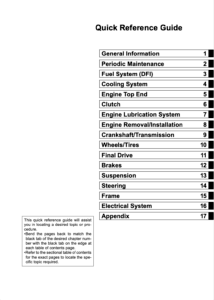Complete PDF version of the Service Manual for the Kawasaki Ninja 300. A MUST for every Ninja EX300 owner.
Download: Immediately after payment!
OEM Original factory workshop manual.
Models covered by this manual: 2012 to 2017
Number of pages: 617 pages
Table of contents:
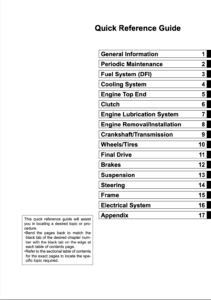
This PDF repair manual can be downloaded right after the payment process in complete, on the device of your choice.
We do not offer printed manuals, for the following reasons:
- it is more eco-friendly to use a digital version
- your manual never gets dirty or greasy
- you can always choose to print the specific page(s) you need to work on your bike
- you receive your manual immediately after payment
- it is searchable

Kawasaki Ninja 300
The Kawasaki Ninja 300, often known as the EX300, is a 296 cc (18.1 cu in) Ninja series sport bike that Kawasaki released in 2012 for the 2013 model year. It is widely available in Asia, Australia, Europe, and North America. When it was first released, the Ninja 300R replaced the Ninja 250R in certain areas, while it was offered alongside it in others. When the Ninja 400 debuted for the 2018 model year, it replaced the 300 in various regions.
Design
The Ninja 300 is based on the Ninja 250R, a lightweight and affordable sport bike that has been in production for more than three decades. It sports a complete fairing, like the Ninja 250R, but a bigger rear tire, 140/70, rather than the 250R’s 130/70. The Ninja 300 additionally sports 5 spoke wheels, a neutral finder, and an antilock braking system as an option (ABS). The Ninja 300 sports a little smaller gasoline tank, higher gearing, and a back-torque-limiting slipper clutch with an assist system that reduces clutch lever effort when compared to the 250R. Despite the fact that it is a sport bike, it boasts nice ergonomics (such as a windshield that effectively protects from wind blast) that encourage commuting.
Performance
The Ninja 300 is based on the Ninja 250R, a lightweight and reasonably priced sport bike that has been in production for almost three decades. It has a full fairing, like the Ninja 250R, but a larger rear tire, 140/70, as opposed to the 250R’s 130/70. As an option, the Ninja 300 has 5 spoke wheels, a neutral finder, and an antilock braking system (ABS).
When compared to the 250R, the Ninja 300 has a little smaller petrol tank, higher gearing, and a back-torque-limiting slipper clutch with an assist mechanism that minimizes clutch lever effort. Despite the fact that it is a sport bike, it has good ergonomics that encourage commuting (such as a windshield that successfully shields against wind blast).
The fuel efficiency of the Ninja 300 was tested at roughly 70 mpgUS (3.4 L/100 km; 84 mpgimp), but other sources recorded it at 54.1 mpgUS (4.35 L/100 km; 65.0 mpgimp), but regardless of the methodology, the 300 outperformed the Ninja 250R.
Source: Wikipedia

